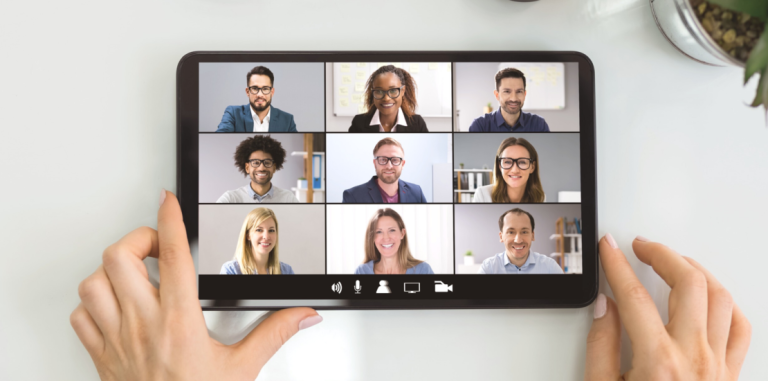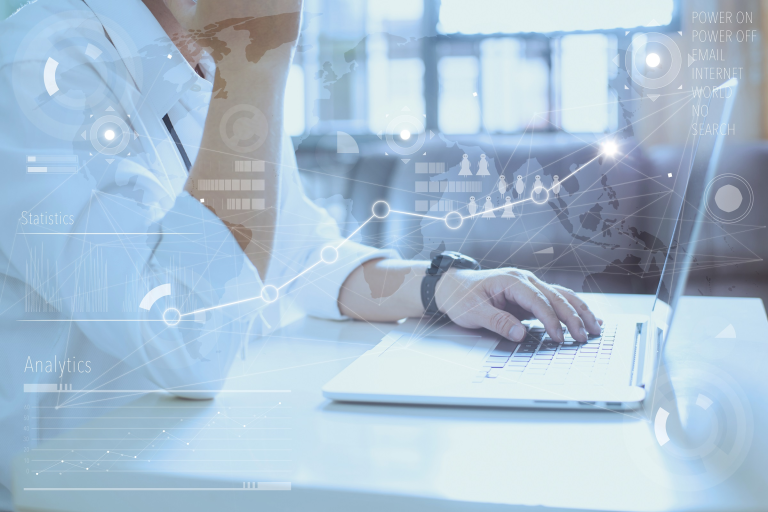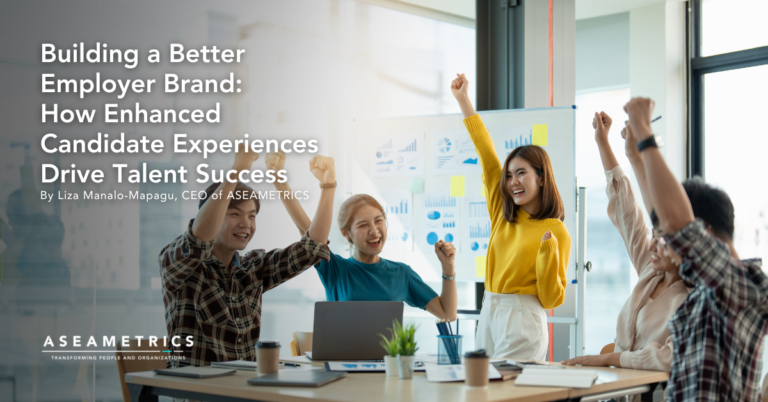
Shift to a Capability Building Model to Foster Employee Growth and Development
The digital disruption and rising customer expectations have made capability building extremely important for the long-term growth of a business. Companies that recognize the value of capability building have been able to map impactful learning journeys for addressing capability gaps. This allows their frontline and knowledge workforce to invest time in learning and development for building new capabilities
Demand for new skills led to a 70% increase in average learning hours for frontline workers. While knowledge workers have invested more time consistently in upskilling since March 2020. Currently, the market is filled with uncertainty and competition. Capability building is a great strategy to prepare your employee for the unforeseen future
What is Capability Building?
Capability building refers to the process of developing and enhancing the skills, knowledge, and abilities of individuals or organizations. These enhancements allow your workforce to effectively perform tasks, achieve objectives, and adapt to changing circumstances.
Capability building involves the acquisition of new competencies, the improvement of existing skills, and the cultivation of a mindset that embraces continuous learning and improvement.
Competency vs Capability
Competency and capability are related but distinct concepts in the context of employee skill development and performance.
Competency refers to the specific knowledge, skills, and attributes that an individual possesses to perform a particular role effectively. Competencies are often defined and categorized within organizations to set expectations for job roles and guide employee development. For example, communication skills, problem-solving abilities, or technical expertise can be considered competencies.
On the other hand, capability has a broader scope and encompasses the overall capacity and potential of individuals or organizations to perform a range of tasks and adapt to various challenges. Capabilities include not only the existing skills and knowledge but also the ability to acquire new competencies and respond to changing circumstances. It is a more encompassing concept that looks at the bigger picture of an individual’s or organization’s potential.
How to Develop a Continuous Capability Building Model
Employee engagement is undergoing a metamorphosis. Over the last five years, disruption based on digital technologies has been phenomenal and unprecedented. It is time to review and reboot your employee experience strategy.
Developing a continuous capability building model involves creating a structured framework that promotes ongoing learning, skill development, and adaptation within your organization. Here are the most important steps you must take when developing a capability building model:
1. Identify Organizational Goals
You must start by understanding the long-term objectives and strategic priorities of your organization. Identify the key capabilities required to achieve those goals. This will provide a clear direction for your capability building initiatives.
2. Conduct a Skills Gap Analysis
Assess the current skills and competencies of your workforce against the desired capabilities. Identify the areas where there are skill gaps or areas that need improvement. This analysis will help you prioritize the focus areas for your capability building efforts.
3. Define Learning Objectives
Based on the skills gap analysis, establish specific learning objectives for each capability. These objectives should be aligned with both your individual employee’s growth and the organizational goals.
4. Design Training and Development Programs
Develop employee training programs to address the skill gaps. Ensure that these programs are designed to provide continuous learning for your employees.
5. Provide Learning Resources and Support
Offer a range of learning resources to support continuous capability building. This may include access to relevant books, articles, online resources, and learning platforms, like an LXP. Create a supportive environment that encourages your employees to seek knowledge, share best practices, and collaborate with their colleagues.
6. Encourage Skill Application and Feedback
Learning is most effective when it is applied in practical situations. Provide your employees with opportunities to apply their newly acquired skills in real work scenarios. Encourage feedback and reflection on their performance, and provide constructive guidance for additional improvement.
7. Establish Measurement and Evaluation Metrics
Develop metrics and evaluation criteria to assess the effectiveness of your capability building model. Track the progress of your individual employees and the overall impact on organizational performance. This will allow you to effectively identify areas of success and areas that need further improvement.
8. Foster a Learning Culture
Your must cultivate a culture that values continuous learning and development for evert employee. To effectively build this culture, your managers and leaders must lead by example and actively participate in the capability building initiatives. You must also recognize and reward employees who demonstrate a commitment to learning and skill development.
Blending Capability Building Models with Employee Experience
The very concept of the Learning Management System was giving learning a digital makeover — learning that was more engaging, more pull-based, more retention-focused, and convenient in the form of self-paced content. Until late, the LMS was a cornerstone in corporate training & employee learning. These platforms were hugely successful, but soon reached a point of saturation.
Organizations felt a need to go beyond the LMS, and in came Learning Experience Platforms — with new features such as MOOC integrations, Open content from the web, On-demand learning, and AI Content recommendations.
At this stage, the employee development & corporate learning market is big. But the most successful companies in this segment are those that have taken a leap one notch higher — towards the Learning Experience platform.
The future of corporate workplaces is one such integrated capability-building platform that delivers constant employee experiences from hire to retire.
Original Article: https://disprz.com/blog/capability-building-model-for-employee-development/
Abhishek Jha, Disprz






